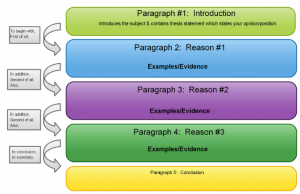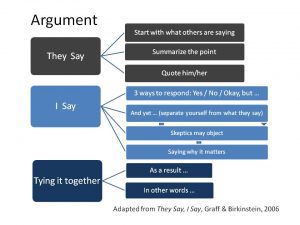This is a type of an essay in which the writer tries to convince the reader to take up their position on a given topic. In this case the writer’s argument and rationale are very essential. This is because the writer is trying to convince the readers to accept his opinion. After identifying a topic, the writer should carry out a thorough research by reading books and interviewing experts. A persuasive law essay topic should be one that is related to the field of law; it should be easy to understand. It should be one that the writer is interested in and is passionate about.
Usually a persuasive nature essay always contains about six or five paragraphs. The first paragraph is the opening or introductory paragraph. It should draw the attention of the reader and also give an outline of the argument. This paragraph should be closed using a thesis statement which reveals the point of view of the writer. The second paragraph is the body. Each paragraph on the body is supposed to focus on a single piece of evidence. Next is paragraph three with the opposing view. Here the writer describes and disapproves the opposing view. Lastly the writer reinforces his thesis and supporting evidence.
Tips on Writing Persuasive Nature Essays and Examples
The following are tips describing how to write a good persuasive nature essay. Firstly, a writer should think about nature topics such as anticipating collapses in socio-ecological systems. The topic should be related to the field of law. Secondly, a writer should choose a side which they want to stand for. In order to write a persuasive essay that is effective, a writer should understand the audiences’ point of view. For example, is the audience decided or not and does he understand the topic well. After deciding the topic the writer should carry out a thorough research by reading a variety of nature books as well as interviewing nature experts such as environmental scientists and conservationists. When the writer is through with the research, he should point out the main key points and the most persuading evidence. The key points identified will be used to counter attack the opposing view.
Structure of Persuasive Essays
Persuasive essays need well-defined points or arguments in order to convince readers to adopt the stated arguments. A persuasive law essay should have at least five paragraphs. These paragraphs include: An introductory paragraph which serves to introduce the thesis statement, three body paragraphs detailing a writer’s main points or arguments, and a well-defined summative paragraph. Additionally, persuasive law essays should have excellent transition and linkage words such as first of all, in addition to, also, second of all, in summary, and in conclusion. These words ensure smoothness in the flow of the essay.
The following are examples of persuasive nature essay topics: the economics of overfishing and poverty traps; the best management strategies for marine resources; the role of environment in shaping animal behavior; composting as a better way to protect the environment; importance of the vegan diet to the environment; anticipating collapses in socio-ecological systems; the effects of fracking on the quality of drinking water; and nuclear energy as a source of health problems for the human and animal population.
In conclusion, the main aim of writing a persuasive essay is to get the writer’s point of view across the reader and to convince the reader too. Persuasive writing is concerned mostly with communication. It is the best channel to express one’s thoughts, opinions about different things and viewpoints. The writer uses their own words to express what they feel about something passionately.

